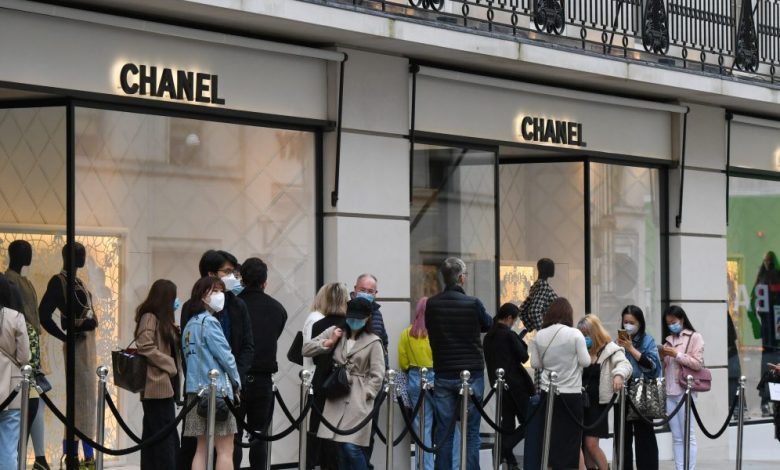Young adults still living with their parents are driving the luxury boom

As inflation and the rising cost of living force young adults to move back home with their parents, many are turning to Gucci, Chanel and Louis Vuitton to lift their spirits.
Record numbers of young adults living at home with their parents are driving growth in luxury goods in the US and West, Morgan Stanley analysts say in their latest report.
U.S. Census data shows that nearly half of all young adults between the ages of 18 and 29 are still living at home — the highest level since the Great Depression ended in 1940. Morgan Stanley attributes this growth to rising rents and enrollment colleges and delaying marriage.
According to the analysis led by Edouard Aubin, this structural trend has been “overlooked” in the context of rising luxury spending over the past decade. As older Gen Zs and younger Millennials let their parents pay for their rent and food, their discretionary spending increases, allowing them to buy more designer handbags, watches and jewelry.
“When young adults free up their budget for basic necessities (e.g. rent and groceries), they simply have more disposable income to use for voluntary spending,” the Morgan Stanley report said, adding: ” We see this as fundamentally positive for the industry. ”
Gen Z is changing the luxury landscape
The global outbreak of the COVID pandemic has led to a record year for luxury spending. Global sales of luxury goods grew by around 22% in 2022, from $305 billion in 2021 to $366 billion this year, according to estimates from a Bain study carried out by the Italian Association of High-End manufacturer Altagamma was commissioned.
Much of this increase is due to a new generation of younger buyers entering the market.
“Consumption is back to pre-crisis levels but it is also a rebirth as there is a new consumer base that is younger and some consumer groups that have been unlocked during Covid are staying and growing like subcultures and ethnic groups in the US” , said Bain partner Claudia D’Arpizio, co-author of the study.
According to the journal, Generation Z is expected to account for 40% of the global personal luxury goods market by 2035 business of fashion, and luxury conglomerates are focusing their efforts on marketing to this demographic. Young adults around the world have been “a very powerful factor in the growth of luxury goods over the past decade,” said Gregory Boutte, chief client and digital officer at Kering.
The headwind from east and west
In North America and Europe, luxury market concerns center on the fact that young people (especially those living away from home) are seeing their discretionary income shrink due to inflation and rising costs of living. But China has another problem: youth unemployment.
With youth unemployment in China now hitting a record 20% and economic growth below Beijing’s targets, luxury executives are particularly concerned as China’s high-end consumers are a decade younger than the global average of 38 years.
While China has dominated the Western luxury market for the past 10 years, prolonged lockdowns as part of the government’s zero-COVID strategy have nearly halved China’s luxury goods market share in the last year due to shuttered stores and slowing economic growth, according to Bloomberg analytics. The US overtook China as the top buyer of Swiss luxury watches in 2022, and the US market was also responsible for higher sales from luxury groups Richemont and LVMH.
“In the US, inflation is a big problem, the focus of many luxury companies… In China, the youth unemployment rate is alarming right now,” Kenneth Chow, director of consulting firm Oliver Wyman, told Reuters.
“This may be the first time that many young adults (in China) are facing (such) economic impacts, so it will be a testing ground for how these consumers will spend on luxury items in the future,” Chow said.
Our new weekly Impact Report newsletter explores how ESG news and trends are shaping the roles and responsibilities of today’s leaders. Subscribe here.



